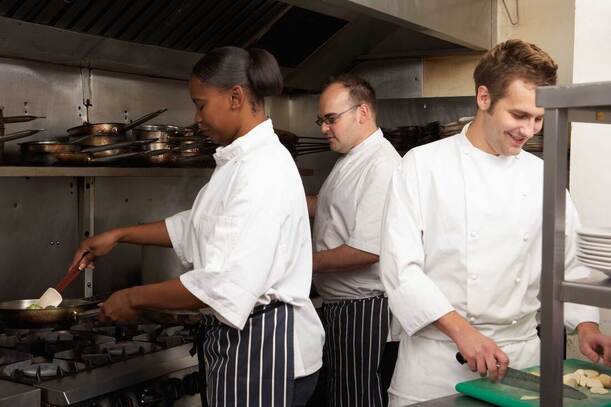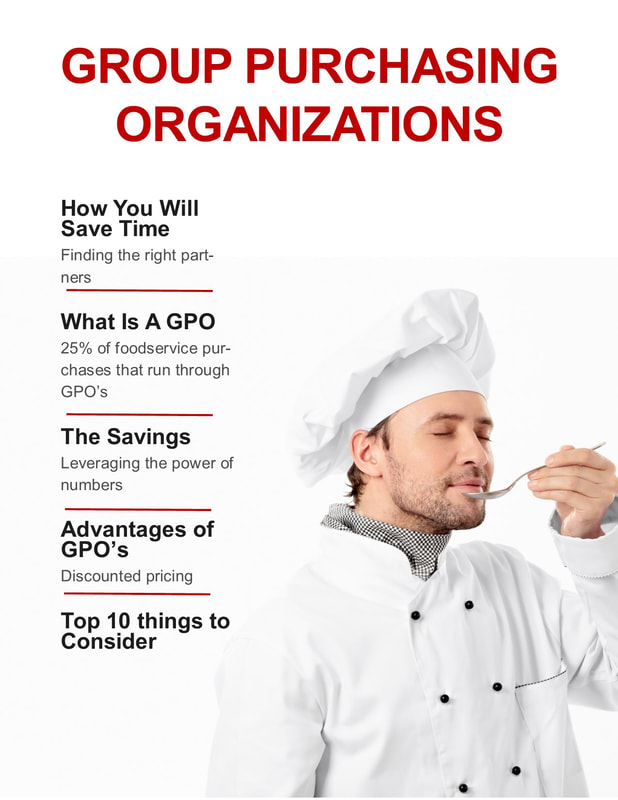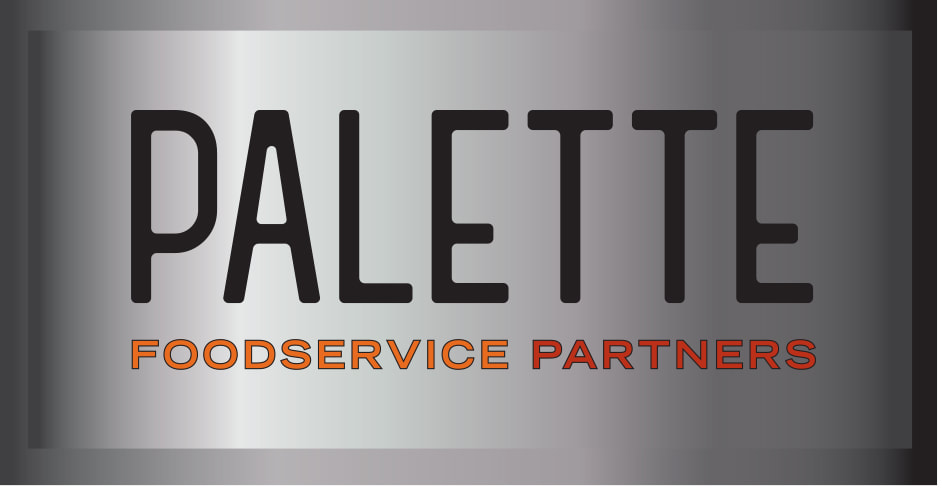 Chip away at avoidable overhead costs Though the cost of food and labor tend to make the most headlines when it comes to current industry challenges, those aren’t the only budget line items on the minds of restaurant operators right now. According to the National Restaurant Association’s 2023 State of the Industry Report, a commanding majority of respondents are spending much more on overhead costs – including those for insurance, utilities, licenses and other items a restaurant needs to run – than they were a few years ago. While some costs are out of an operator’s control, there are a number of expenses that can be minimized with some planning. Consider insurance, for one. In addition to simply shopping around for the best quote, you can take steps to position your business for a better deal. While insurance prices are increasing across the board, insurers will provide better terms to a risk-aware business. Demonstrate your sound risk management by ensuring your fire alarm, sprinkler system and security cameras are up to date and functioning well. Document your staff’s safety training and provide evidence of your strong (or improved) accident record. If you do have a solid safety history, consider increasing your deductibles so you pay lower premiums each month. If your business has made major changes to its physical premises or how it operates, make sure you update your policies to account for those adjustments so you can avoid gaps in your coverage. Finally, if you’re in the market for several types of insurance, such as liability, property and cyber protection, for example, look for a provider who can offer a bundled package that can save you money – and ensure they have a solid record on claims payment. If your restaurant is supporting people in need over the holiday season – whether through canned food drives, events or charitable donations – remember the equally significant impact you can have by redirecting food waste to causes that can put it to good use. As ReFED’s Restaurant Food Waste Action Guide reports, every year restaurants are responsible for 11 million of the 52.4 million tons of food that goes to U.S. landfills, where it can take decades to decompose. And as Restaurant Nuts reports, some third-party delivery companies are stepping up to make it easier for restaurants to redirect their excess food. Postmates, for one, is continuing to expand upon its Food Fight! program, which allows its partner restaurants in 23 cities and counting to request a pickup of excess food and have it delivered to a local shelter. Similarly, Doordash’s Project DASH makes it possible for restaurant operators to take food that would have been discarded and divert it to organizations that can use it. If you take part in efforts like these or others available in your community, promote it on your website and marketing materials. According to research from Toast, 51 percent of consumers are more likely to support a restaurant with environmentally friendly food practices.
Restaurant owners are stepping up to the challenge of minimizing their food waste. That was one conclusion of Toast’s recently released Restaurant Success in 2019 Industry Report, which surveyed 1,253 restaurant owners, operators and staff, along with a similar number of restaurant guests, about the experience of operating and dining at restaurants. Toast asked restaurant professionals to share how they’re reducing food waste in 2019. The responses included such actions as using leftover ingredients from one recipe in another (38 percent), offering multiple portion choices for guests (26 percent) and composting (25 percent). Others said they limit the number of items they prepare for service, offer an a la carte menu and cross-utilize ingredients in an effort to reduce food waste. Still, there is room for improvement as a considerable portion of those surveyed (26 percent) do nothing at all to reduce food waste at their business. The consequences aren’t just environmental but also financial: A reFED study found that the approximately 11 million tons of food waste generated by restaurants annually costs businesses about $25 billion per year – and that every dollar invested in food-waste reduction can save restaurants $8. The industry report emphasized that while you can’t control what someone eats or leaves behind, you can control your inventory. Your first course of action in managing waste is to keep close tabs on your shelves to reduce spoilage and avoid a tendency to over-order items – your inventory management system can help you take the best action.
At a time when restaurant finances are getting squeezed from many directions, do you know which budgetary battles are most important to fight? In other words, when you’re managing such expenses as labor, ingredients, rent and third-party delivery, does your balance sheet give you clear answers about how much each of those expenses is impacting your bottom line? It needs to, since your gut instinct may not be correct. Case in point: The results of a recent study by New School Center for New York City Affairs and the National Employment Law Project found that restaurants in New York City were more negatively impacted by rising occupancy costs and the fees charged by third-party delivery services than they were adversely affected by the near-doubling of the minimum wage paid to hourly employees in the past five years, Restaurant Business Online reports. The Fight for $15 wage battles of recent years had many operators concerned they would need to boost menu prices beyond what guests were willing to pay – and minimum wage escalation isn’t an insignificant expense for operators to be sure. But while New York isn’t like every market, the rising minimum wage in the city has had a smaller-than-expected impact in a diversity of regions, whether in Manhattan, Queens, Brooklyn or the Bronx. As the minimum wage has been ascending in geographical regions across the country for years, you may be able to protect your bottom line by focusing on negotiating more favorable terms with a third-party delivery company, adjusting your business model so you can occupy a smaller or different footprint, or getting a stronger handle on hidden back-of-house costs.
How much science is behind your menu? In other words, to what extent do you review your restaurant’s sales, inventory, scheduling, loyalty program and other areas of your operation where you collect data to better understand how these predictive analytics work together? Doing so can help you predict what will sell, so you have sufficient inventory on hand and won’t lose sales opportunities. It will also help you put your ordering on autopilot by considering both the historical and day-to-day sales of your business when you order supplies. By having a better handle on what you will need, you can plan your food preparation tasks accordingly so you minimize your waste. Best of all, being able to predict the cravings of your guests goes far in bringing them back.
Any chef can confirm it: Running a restaurant well can require the skills of a lawyer, doctor, designer, HR manager, mechanic, janitor, and the list goes on. And that’s on top of having to offer an appealing, in-season menu that can be readily adapted to different nutritional needs. While that ever-changing environment can bring interest and variety to each day, chances are you were drawn to the restaurant industry more because of the food than for your ability to negotiate a beneficial contract or identify the best cleaning supplies. Further, the multitasking often required in a restaurant setting can kill productivity: A University of Michigan study found that when a person attempts to accomplish more than one task at a time, productivity drops by 40 percent. Team Four’s Palette program can serve as an extra pair of hands, taking on some of the responsibilities on your plate so you can multitask less and focus more on parts of the business that suit you best. For example, Palette can help you fine-tune your brand, including redesigning your menu or updating your graphic identity on your website, signage and marketing materials. You can also access restaurant equipment, linens, office and cleaning supplies, along with services for managing waste collection and pest control. And in case your menu or inventory needs attention too, we can help you develop new recipes, identify cost-effective menu substitutions, improve your food safety record and offer negotiated contract pricing to help ensure you’re getting the products you need at the best value. You can access the full list of services included in Team Four’s Palette program at www.palettefoodservice.com.
Between rising labor costs and falling traffic, there is no shortage of factors squeezing restaurant profits right now. Raising prices to meet margins is one option, but how much are your guests willing to pay before they take their business elsewhere? And what if sales shortfalls are simply due to shifting trends — or your competitor across the street offering a similar product for less? If you use data analytics to manage your food costs, you can uncover helpful information about your inventory. Since your inventory likely eats up 25 to 35 percent of your operating budget, it’s a good place to find lurking costs that can be minimized so you can better manage your spending. To identify opportunities, look at your supply chain and product mix. Do you know how many times your product changes hands and how prices shift with each transition? If you’re looking for help with this and much more, ask about Team Four’s Palette program. We can assess your supply chain, purchases and product mix and then recommend action steps that will help you lower food costs without sacrificing your quality standards. That might involve substituting quality products that still reduce food costs, or identifying trend changes, purchases that aren’t in line with your product specifications, or pricing that doesn’t reflect current trends. Learn more at www.palettefoodservice.com
The New Year is a good time to get your restaurant’s financial affairs in order. As you look to gain greater control over your food costs, the formula you use needs to flex to suit your restaurant category and priorities. Does yours? You could start by calculating the cost of every dish on your menu, but you’ll likely get a more accurate cost of a dish against the overall cost of running your business if you use a target based on your cost of goods sold (COGS). Depending on the type of restaurant you run, that COGS will vary. While food costs tend to fall between 28 and 30 percent of total food sales, they skew higher for full-service restaurants, which sell higher-margin alcohol and include a premium for table service, according to the accountancy and business advisory network Baker Tilly. Orderly suggests several ideal COGS targets based on different restaurant profiles. Full-service restaurants should aim for a COGS in the low-to-mid 30s and may find room to trim costs if they manage their bar costs closely and also monitor market prices of fresh, local produce. Bakeries, on the other end of the spectrum, should have a COGS in the low 20s or below — the same goes for pizza restaurants. The challenge in these restaurants is managing food waste and playing close attention to inventory so you’re not over-ordering or buying ingredients at premium prices. Pizza restaurants have the added challenge of watching market prices of fresh ingredients but can manage that with lower labor costs and the addition of higher-margin items to the menu. Ethnic restaurants should target a COGS in the high 20s. While they benefit from less-expensive ingredients like noodles, pasta and rice, they may need to rely on more specialized suppliers of sauces and spices — that’s where they’re more likely to see costs spike. In general, the more specialty offerings you have, such as premium cuts of meat or hard-to-find toppings or other ingredients, the higher your COGS will rise. That’s okay — it’s just important to look for ways to balance those costs with careful inventory and supplier management, menu innovation (especially at the bar) and labor cost management. (Need help? Team Four can advise you in these areas.)
|
Subscribe to our newsletterArchives
April 2024
Categories
All
|











 RSS Feed
RSS Feed